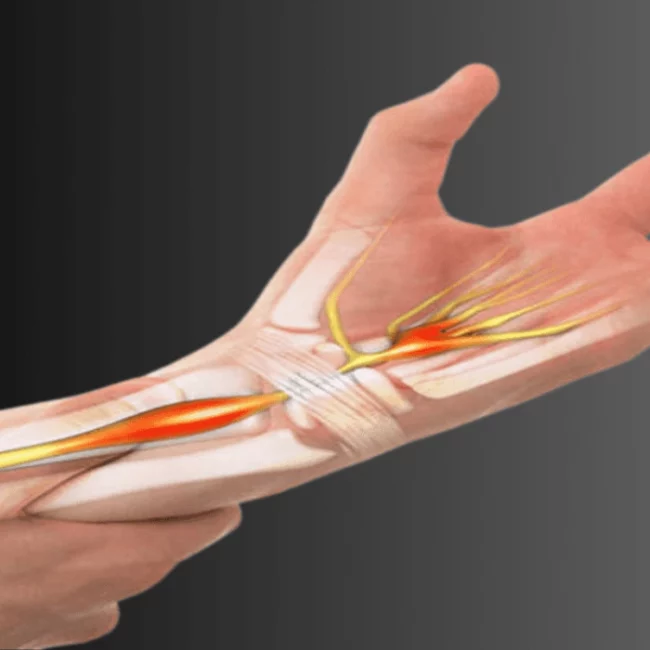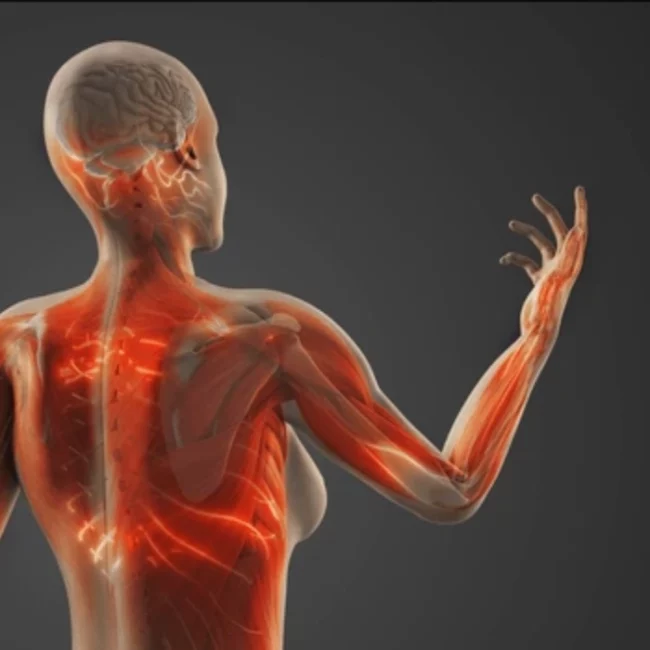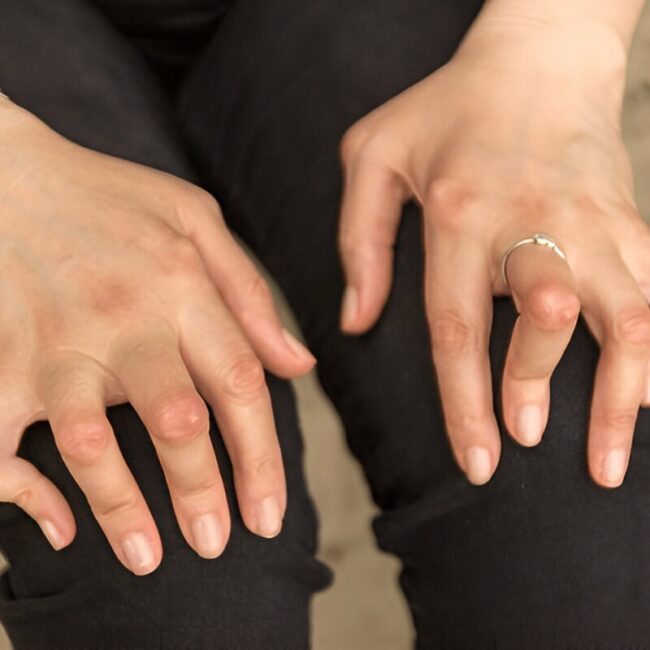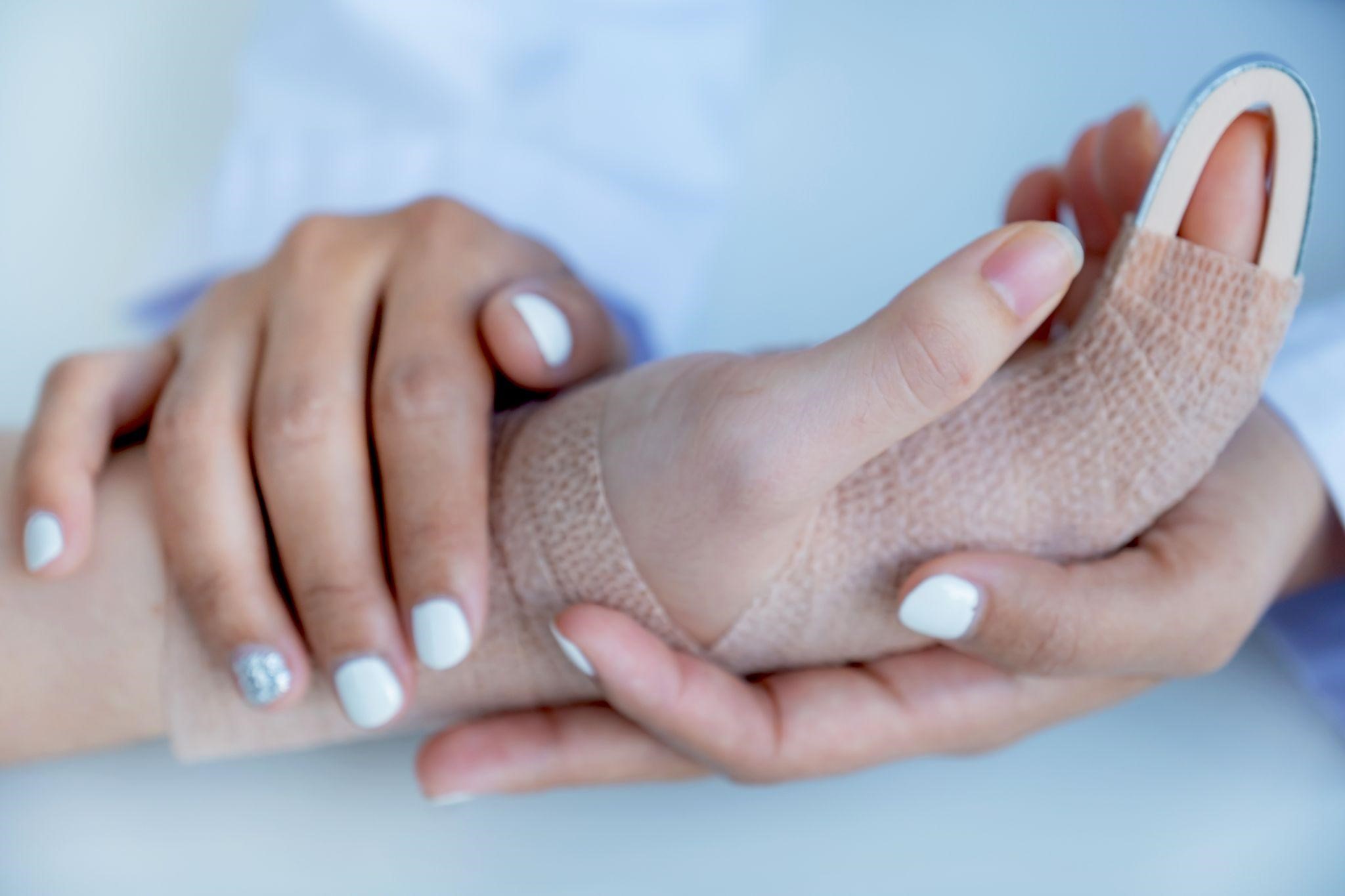
Hand Fractures: Do’s and Don’ts During the Healing Process
Hand fractures are both painful and disruptive. They interfere with daily tasks and quality of life. The healing journey requires careful management to ensure the hand heals optimally and avoids long-term complications. In this article, a French Board-certified surgeon and UAE award winner, Dr. Marouane Bouloudhnine brings invaluable insight into the delicate process of hand fracture recovery. He outlines the Do’s and Don’ts of hand fracture care, drawing on his extensive experience to guide patients toward a successful recovery.
What Is a Hand Fracture?
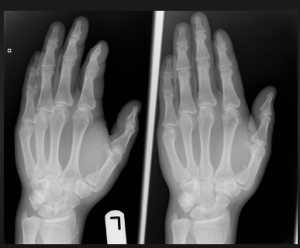
A hand fracture refers to a break in any of the small bones within the hand. These fractures can occur in the metacarpal bones (bones that make up the main structure of the hand) or the phalanges (bones in the fingers). Hand fractures are caused by traumatic events like falls, direct blows, or sports injuries.
According to the Global Burden of Disease study, hand fractures are a common type of injury, with millions of cases occurring worldwide each year.
Types of Hand Fractures
- Stable Fracture: Bone alignment is retained, often allowing for non-invasive treatment.
- Displaced Fracture: Bones are out of alignment and may require realignment or surgery.
- Open Fracture: The bone penetrates the skin, requiring immediate treatment to prevent infection.
- Comminuted Fracture: The bone is broken into multiple fragments, typically needing surgical intervention.
Correct identification of fracture type is crucial for determining the most effective treatment plan.
Common Symptoms of a Hand Fracture
Hand fractures can be painful and may display the following signs:
- Pain: Severe pain, especially when moving the injured area.
- Swelling: Visible swelling around the injured area.
- Bruising: Discoloration of the skin around the injury.
- Deformity: Visible deformity or misalignment of the hand or fingers.
- Limited range of motion: Difficulty moving the injured finger or hand.
- Tenderness: Pain when pressure is applied to the injured area.
- Crepitus: A crackling or grating sensation felt when moving the injured area.
Diagnostic Imaging for Hand Fractures

- X-rays are the primary tool for diagnosing hand fractures, offering clear images to locate and assess the severity of a break. For more complex cases:
- CT Scans provide detailed cross-sections, useful for complex fractures not visible on standard X-rays.
- MRI Scans create in-depth images of bones and soft tissues, aiding in diagnosing any accompanying ligament, tendon, or nerve injuries.
These imaging techniques ensure accurate diagnosis and guide precise treatment.
Seeking Immediate Treatment
Dr. Marouane Bouloudhnine emphasizes the importance of seeking prompt medical care if a fracture is suspected, as delays in treatment lead to complications.
Do’s During the Healing Process
1. Adhere to Your Doctor’s Instructions
Following your healthcare provider’s recommendations is paramount for a smooth recovery. Whether you require a splint, cast, or surgery, consistent adherence to medical instructions prevents complications and ensures faster healing.
2. Elevate Your Hand
To control swelling and minimize discomfort, keep the injured hand elevated above heart level, especially in the early stages of recovery.
3. Gentle Finger Movements
If advised by your doctor, move your uninjured fingers lightly to prevent stiffness and maintain circulation, which supports healing.
4. Engage in Physical Therapy
Once the fracture has stabilized, Dr. Bouloudhnine suggests hand therapy to restore strength, range of motion, and flexibility. Working with a certified physical therapist can significantly aid in a complete recovery.
5. Prioritize Nutrition and Hydration
Consuming a diet rich in calcium, vitamin D, and protein is essential for bone health. Staying well-hydrated also supports cellular repair and tissue health.
Don’ts During the Healing Process
1. Avoid Ignoring Pain
Pain is a common part of recovery, but persistent or intense pain may signal a problem. Report worsening pain or swelling to your doctor immediately.
2. Do Not Apply Pressure
Avoid lifting heavy objects or placing weight on the injured hand. Prematurely stressing the hand can delay healing or worsen the fracture.
3. Do Not Skip Follow-Up Appointments
Regular follow-ups allow your doctor to monitor healing progress, adjust treatment if needed, and address any potential issues early on.
4. Refrain from Smoking
Dr. Bouloudhnine advises avoiding smoking, as it restricts blood flow, potentially slowing down the bone-healing process. Smoking cessation or reduction during recovery can significantly enhance outcomes.
5. Resist Resuming Activities Prematurely
Returning to sports or strenuous activities without medical clearance may increase the risk of re-injury. Allow your hand to heal fully and gain doctor’s approval before resuming routine activities.
Healing Timeline
The typical healing phases for a hand fracture are as follows:
- Inflammatory Phase (0–7 days): Swelling and pain occur as the body initiates healing.
- Repair Phase (1–6 weeks): The bone begins to heal as new tissue forms.
- Remodeling Phase (6 weeks–months): Bone gradually strengthens, regaining original structure and function.
Common Complications and Prevention
1. Non-union and Mal-union
Nonunion occurs when the bone does not heal, while malunion refers to incorrect alignment. To avoid these issues, follow treatment guidelines and avoid premature activities.
2. Stiffness and Limited Range of Motion
Prolonged immobilization can cause stiffness. Dr. Bouloudhnine suggests prescribed exercises to maintain flexibility and prevent long-term issues.
3. Osteoarthritis
In cases where the fracture involves joint surfaces, there is a higher risk of arthritis later on. Early treatment and preventive measures like therapy and avoiding reinjury are critical.
4. Nerve or Tendon Injury
Hand fractures can also damage nerves or tendons. Seek immediate attention if you experience numbness or difficulty moving fingers.
Rehabilitation Exercises After a Hand Fracture
Once the doctor confirms that your fracture has sufficiently healed, begin rehabilitation exercises to restore functionality. Dr.Marouane Bouloudhnine recommends consulting a physical therapist before starting any exercises, but common ones include:
- Finger Extensions: Extend and flex each finger to maintain mobility.
- Hand Squeezes: Gently squeeze a soft ball to improve hand strength.
- Wrist Movements: Move the wrist up and down slowly to regain flexibility.
- Finger Lifts: Place the hand flat and lift each finger individually to strengthen hand muscles.
FAQs on Hand Fracture Recovery
Q: How long does a hand fracture take to heal?
A hand fracture generally takes 4 to 8 weeks to heal, though recovery time varies based on factors like fracture severity, age, and adherence to treatment.
Q: Can I return to sports after a hand fracture?
Returning to sports should only be done after receiving clearance from your doctor. Resuming physical activity prematurely can lead to complications or reinjury.
Q: Is physical therapy necessary for a hand fracture?
Yes, physical therapy helps restore range of motion, flexibility, and strength, facilitating a full recovery.
Q: Can a hand fracture cause permanent damage?
If properly treated, most hand fractures heal without long-term effects. However, complications like stiffness or osteoarthritis may arise if treatment is delayed or incomplete.
Q: What should I do if I notice severe pain or swelling after the cast is removed?
Contact your doctor immediately, as this could be a sign of complications or incomplete healing.
For expert guidance on hand fracture recovery, or to consult directly with Dr. Marouane Bouloudhnine, please contact our clinic. With specialized expertise in orthopedic care, Dr. Marouane is dedicated to providing personalized and effective treatment to support your full recovery.



